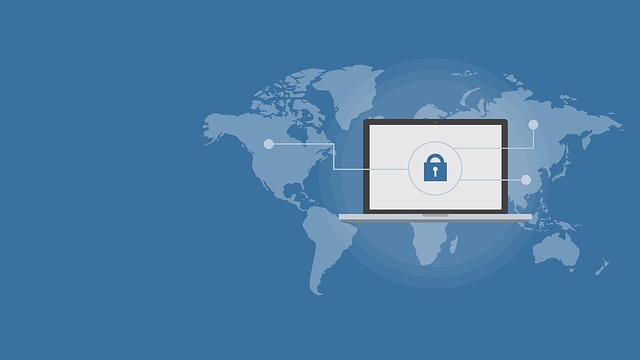discoverGDL Is Now Part of the Secure Web
Here at discoverGDL, we take the browsing experience and online security of our readers seriously. That’s why, as part of a certain set of recent site updates, we’ve implemented HTTPS site-wide. Google can help clarify what that internet communication protocol actually is. In their words,
HTTPS is a mechanism that allows your browser or app to securely connect with a website. HTTPS is one of the measures to help keep your browsing safe and secure, which is important when you are doing things like logging into your bank’s website or submitting your credit card information to an online store. HTTPS relies on encryption—SSL or TLS—to secure the connection. These web connections protect against eavesdroppers, man-in-the-middle attacks, and hijackers who attempt to spoof a trusted website. In other words, it thwarts interception of your information and ensures the integrity of information that you send and receive.
Now when you visit discoverGDL, you can rely on the following:
- The connection is encrypted, meaning that the data you exchange with discoverGDL while browsing the site, or alternatively the “conversation” you are having with the site, cannot be “listened” to; that your activities cannot be tracked across multiple pages on the site; and that your personal information is not being stolen.
- The transfer of data between your computer and the site is one of integrity and is confidential, meaning that the data cannot be modified or corrupted during its transfer back and forth between you and us, intentionally or otherwise, without being detected.
- Your online experience when using the site is secure and private.
- Authentication is occurring, meaning that you have proof that you are communicating with discoverGDL (the intended site), not some phony one pretending to be discoverGDL.
In order to accomplish this, we’ve implemented technology made available by Let’s Encrypt, a certificate authority that launched in 2016. Founded through the sponsorship of and partnership between the likes of the Electronic Frontier Foundation (EFF), Mozilla Foundation, University of Michigan, and Linux Foundation, among others, the service is offered by the umbrella organization Internet Security Research Group and aims to “significantly lower the complexity of setting up and maintaining TLS encryption”, especially handy for sites like discoverGDL.
We have eliminated the use of the insecure HTTP protocol everywhere on the site. You can verify this and other details of your secure HTTPS connection to discoverGDL, as well as our utilization of a robust security certificate issued by Let’s Encrypt, by noting the https:// preceding the www.disovergdl.com OR discovergdl.com address, as well as by clicking on the green padlock in the address bar of your browser just to the left of the actual site address and following the menu prompts that appear (such as Learn more). You can also use an SSL verification tool to double-check all this. What’s more, the site should now be faster, a great bonus to making the switch that nobody could complain about!
Here’s wishing you an even safer online experience. There’s much more reading you can do in order to gain a better understanding of HTTPS, TLS, SSL, and all that saucy and sexy acronymic jazz (all tastily served securely, of course). And thanks for your continued trust and support!
***PLEASE NOTE: Following old links to articles and other discoverGDL resources via previous social media posts and backlinks from other non-affiliated websites may continue to bring you to the insecure HTTP versions from days gone by of those particular publications and media. We are investigating the best fix for this but, in the meantime, one workaround is to follow the link, then utilize the ever-present search bar on discoverGDL to search for that specific title or related keyword. If you are indeed on discoverGDL, the search results should appear on a new, encrypted HTTPS page (look for that green padlock) and there should be a link to the encrypted version of the article or other resource you were seeking among those results. If you do not find the above to work as described, please visit our site by typing discovergdl.com in your browser’s address bar and hitting “Enter” or “Go”. That should take you to our secure site. From there, you can search for what you were originally looking for.***




